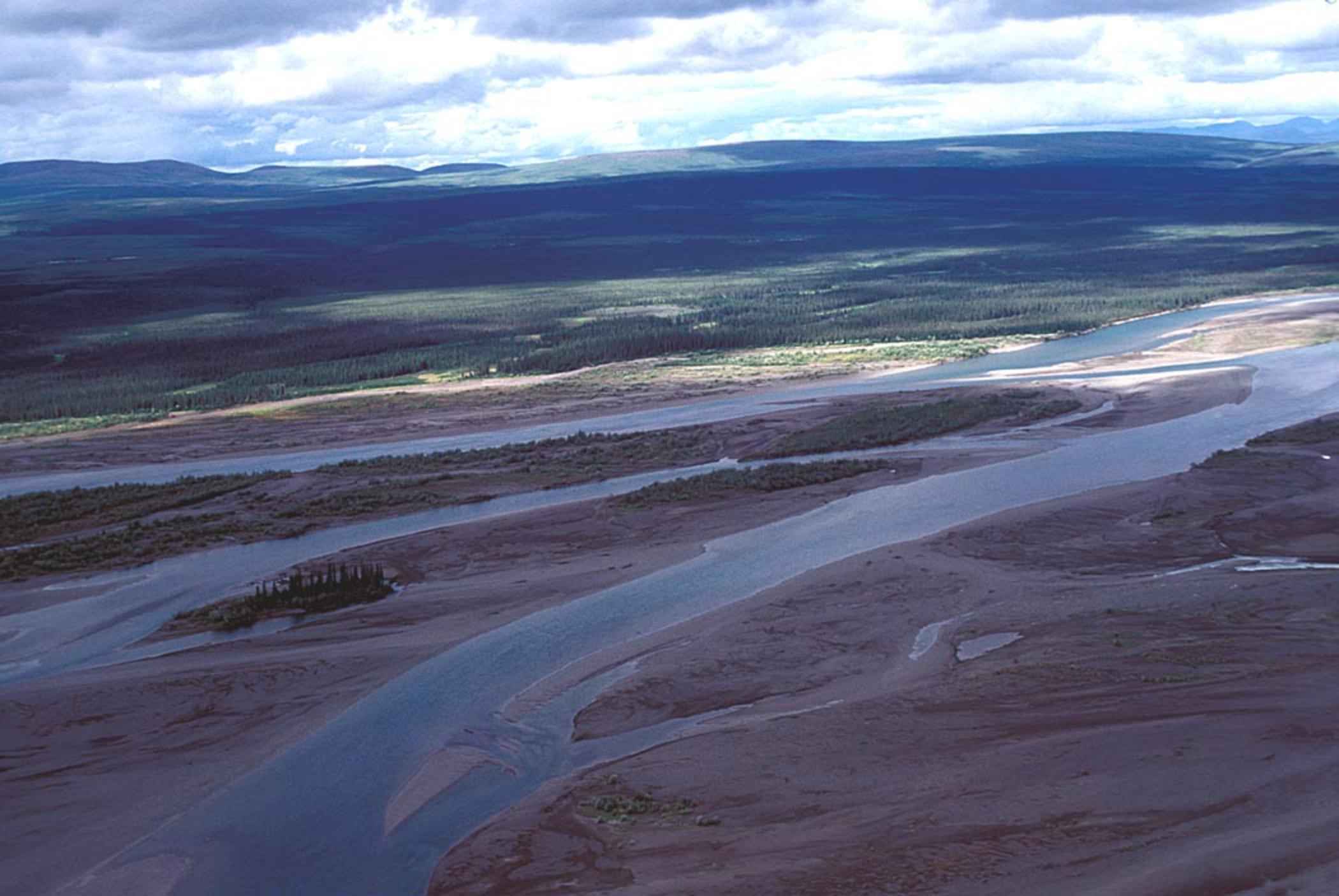

Department of Agriculture, documented how silt eroded over centuries had buried and transformed Wisconsin waterways. In the 1940s, Stafford Happ, a soil scientist at the U.S. In 1917, Grove Karl Gilbert, a storied geologist who studied western North America, revealed that gold mining in the late 1800s had caused sediment to fill and reshape deep river valleys in the California Sierra Nevadas. Merritts and Walter weren't the first to realize that erosion has clogged many U.S. By removing centuries of mud, they have returned the stream to its marshy, precolonial glory, and are now demonstrating the environmental payoff such strategies can deliver. Now, the duo is hoping to inspire a new approach to stream restoration by turning back the clock at Big Spring Run. Their study is "one of the most influential papers I've seen." And that recognition has been driven by Walter and Merritts, says Noah Snyder, a geomorphologist at Boston College.

"There's been an accelerated recognition of how ubiquitous this sediment is," she says. Although dams are not solely to blame for legacy sediment, it's now clear colonial-era erosion did dramatically alter streams in much of the continent's tectonically quiet eastern half, says Ellen Wohl, a geomorphologist at Colorado State University, Fort Collins. New research is settling many of the debates that Merritts's and Walter's paper touched off. "It was uncomfortable," Merritts says, "because I knew that my colleagues had other ideas."
MUD RIVER SPRING HOW TO
And the work raised concerns that a massive, multibillion-dollar effort to clean up the nearby Chesapeake Bay would fail if planners didn't figure out how to prevent massive slugs of legacy sediment, which also carries harmful nutrients, from sloshing down the bay's many tributaries. It called into question expensive efforts to restore rivers by using heavy equipment to resculpt them into what practitioners believed had been their natural shapes. The finding challenged decades of conventional scientific wisdom and sparked pushback from researchers who said the pair had overstated its case.

"We realized," Walter says, "that the had been completely manufactured and altered." The original streams, Merritts and Walter argued in an influential 2008 paper published in Science, are now buried beneath millions of tons of "legacy sediment" that was released by colonial-era farming and logging, and then trapped behind countless dams built to power flour, timber, and textile mills. The pair, professors at Franklin & Marshall College (F&M), showed that Big Spring Run and many other meandering, high-banked streams in the eastern United States look nothing like the low-banked, marshy waterways that existed when European explorers first arrived nearly 500 years ago.

But a dozen years ago, it catapulted Merritts and Walter to scientific prominence. More mud stirred, heading downstream.īrown water might not hold much interest for many researchers. Walter did a little jig as his colleague and spouse, geomorphologist Dorothy Merritts, watched. The geochemist stood calf deep in this small stream 100 kilometers west of Philadelphia, thick curlicues of chocolate sediment flowing around his legs. BIG SPRING RUN IN PENNSYLVANIA-Centuries ago, parts of the eastern United States were drowned in mud.


 0 kommentar(er)
0 kommentar(er)
